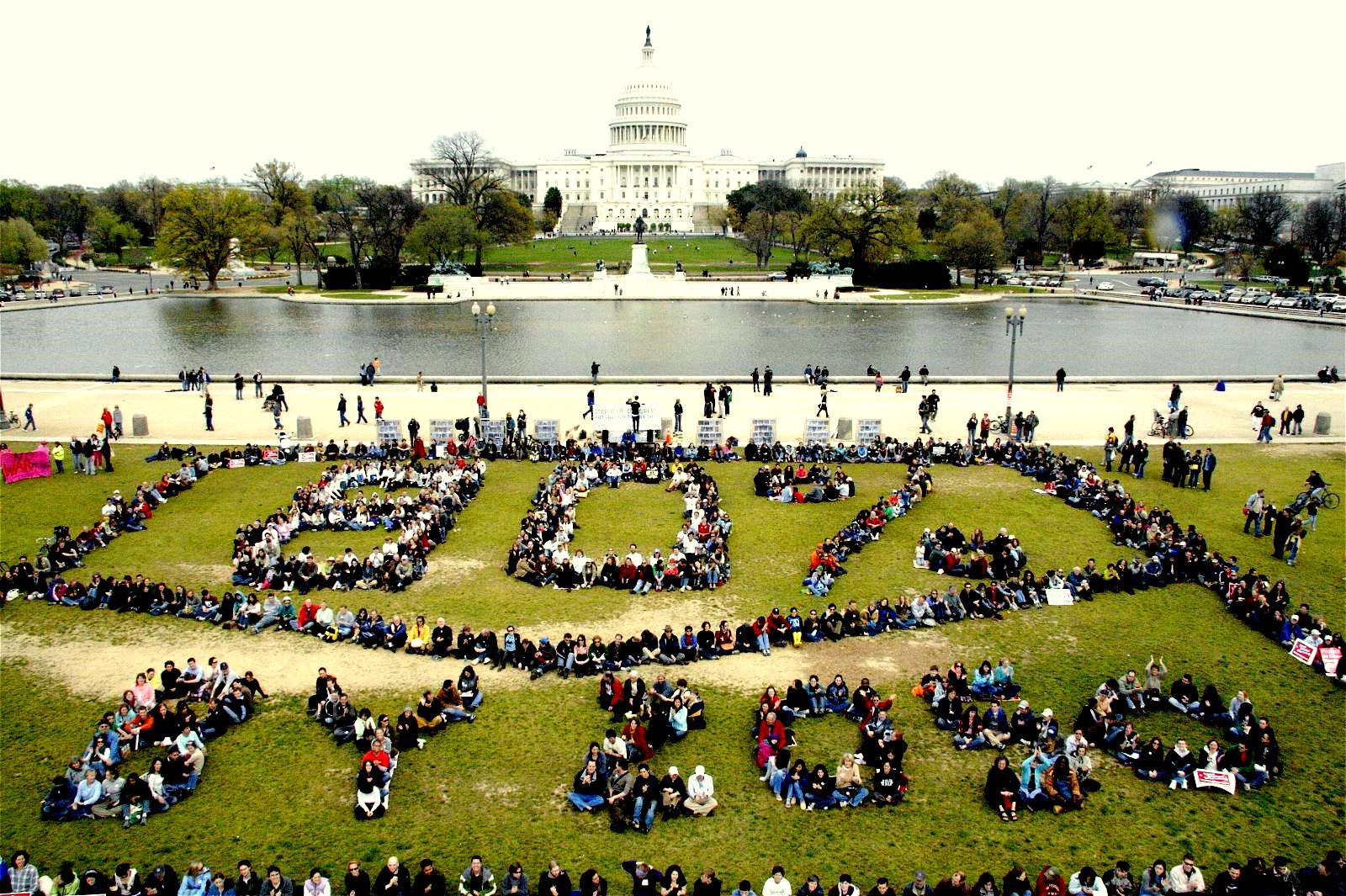
This year's
Earth Day proved to be a bigger affair than usual due to recent attention to global warming, and the city of New York was no exception. In a speech at the Museum of Natural History, Mayor Bloomberg unveiled
PlaNYC: A Greener, Greater New York, his grand scheme to make NYC the cleanest and most efficient of them all. The speech highlighted 127 separate initiatives that the government will take to improve 9 broader problems, from transportation to water quality. The plan includes a goal of reducing carbon emissions by 30% by the year 2030. With 984 days left in office, Bloomberg cites the thriving status of the city as reason to actively persue such an ambitious project that will accommodate more people in the 5 burroughs.
Brownfield remediation is one of the 9 areas of focus. The implementation of on-site testing, soil analysis, a new City office to focus on brownfield treatment, and a $15 million dollar fund for brownfield redevelopment are just a few of the initiatives planned to attack the problem.
In terms of housing, Bloomberg proposed development in areas with easy access to public transport, restoring unused waterfront property around the city, converting vacant schools, hospitals, and outdated municipal facilities into new housing, and constructing decks over transportation infrasturcture to create inhabitable land.
He stressed the need for more open space and parkland that is accessible to residents of every neighborhood. This will be implemented by opening city-wide schoolyards as public playgrounds, giving access to the better sports fields to all athletic teams, converting asphalt into multi-use turf fields, and installing lights at fields to allow for nighttime use, among several other initiatives.
A steep tax for cars entering the city below 86th street is one of the several initiatives aimed at improving transportation in the city. In addition to that, Bloomberg hopes to provide new and improved commuter rails to Manhattan, make transit more accessible to neglected areas and improve the transit system throughout the city, finish the city's 1,800 mile bike master plan to increase bicycle use, and many other transit and toll related plans.
Many of the 127 points fall under the energy reform plan, and some of these include adapting building codes that support energy efficiency, creating a city department that focuses on efficient energy use, enpanding New York's natural gas infrastructure, more solar energy in city buildings, and exploring waste-to-energy technology (I knew it wasn't far off!).
To improve water networks, Bloomberg plans to build an ultraviolet disinfection plant, build a filtration plant to protect the Croton supply, begin a water conservation plan to lower consumption by 60 million gallons per day, and complete and repair several of the water tunnels around the city, including a backup tunnel to Staten Island.
In terms of water quality, the plan includes implementing ribbed mussel beds, reduce combine d sewage overflow, and complete the long term control plans for the 14 watersheds in NYC.
Bloomberg connects air quality improvements to the transportation initatives, and also plans to waive sales tax on clean cars, help the MTA, port authority, and dept. of transportation to promote hybrid vehicles, expand the use of biodeisel and alternative fuels for city trucks, ferries, schoolbusses, and taxis. The plan also aims to reforest 2,000 acres of parkland and plant 1 million trees in empty lots over the next 10 years.
To combat climate change, Bloomberg hopes to reduce emissions by 60-80% by the year 2050. This requires creating a special taskforce to maintain the city's infrastructure while implementing new initiatives, teaming up with coastal neighborhoods to create site specific remedies, update FEMA's 100-year floodplain maps to take climate change impacts into account, and changing building codes within the city to address climate change.
It's a very ambitious plan, but I can't quite figure out where all the money for the big clean up will come from. On top of that many of the initiatives are rather vague and don't actually specify WHAT the government will DO to accomplish the goal. But this is the kind of action that all cities need to take, and it's better to be overly ambitious than indifferent. It'll be interesting to see what he DOES accomplish in the 984 days left in office....






